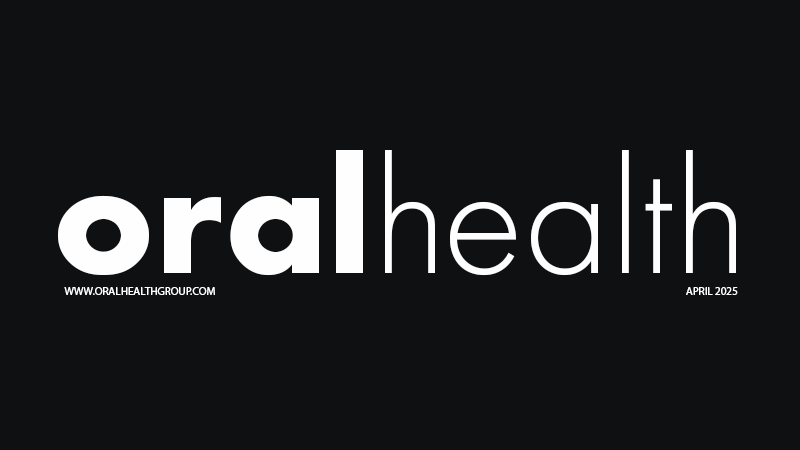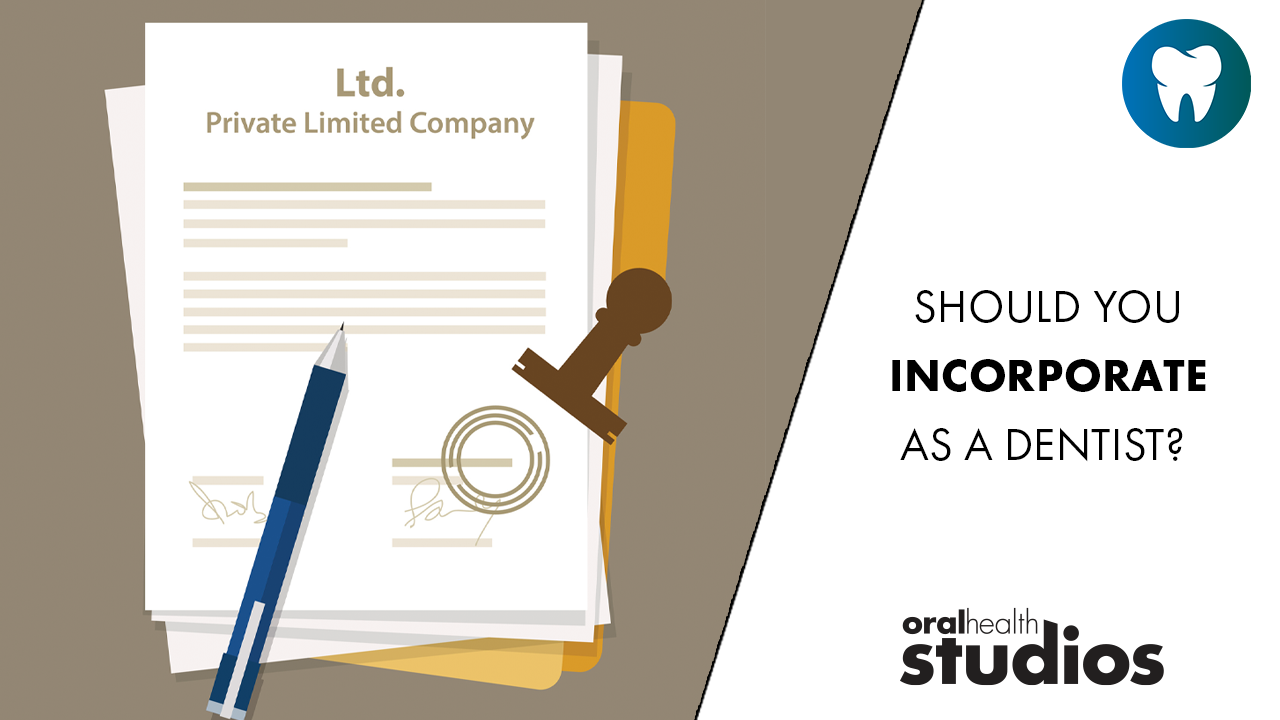
Welcome to 2025. Wow how did that happen?
Five years has lapsed since the legendary PDC COVID convention closed down all trade shows and continuing education in-person courses. Slowly but surely, we are once again enjoying our annual conventions, gatherings, tradeshows, and continuing education courses IN PERSON. Sure, we all took online CE courses like webinars or journal related CE, but we lost the ability to see in-person lectures with our colleagues. Inevitably, being together resulted in communication with our peers, asking questions, and getting a multitude of answers. We missed this stuff. We missed the interaction with educators, our friends, and colleagues.
The lingering effects of COVID have been felt worldwide. There continues to be a shortage of dental assistants and hygienists that, unfortunately, is severely affecting private practice offices. During COVID, at the dental school level, there was a real problem with the ability to train dentists. First, there were missed weeks of education, and then a lack of patients available to help the students complete their training. Dentists graduated with a potential lack of experience. This information was conveyed to me by many graduates during that time. Upon graduation, some of the new dentists felt as though they lacked a level of comfortable competency, as the repetitive details of doing the same procedures had been lacking. That was then. Currently, it has come to my attention that dental schools are having similar problems with not enough patients for the students and a shortage of full- and part-time educators. By the way, I graduated in 1990 and the lack of patients to complete training requirements existed then too! These missing ingredients result in students graduating without the very necessary clinical feedback to be able to thrive upon graduation in private practice. It then becomes the job of the senior dentist or dentists in a private practice to more closely mentor and monitor the new dentist.
As dentistry has evolved using technology to help us achieve greater accuracy and success in private practice, one wonders whether technology could be used within the walls of the dental school to help educate students. A new piece of technology called DenTeach and PrepScanner is gaining traction worldwide as a tool to both educate students for restorative tasks as well as provide unbiased necessary feedback. It addresses these gaps by leveraging artificial intelligence, real-time feedback, and quantitative assessment metrics. Please enjoy the article in this issue, and feel free to provide feedback as to the importance of dental schools having this piece of technology to enhance the education of dental students.
As far as I am concerned, there should never be a question of minimal required competency in any area of dentistry, upon graduation. Every new dentist should be able to understand enough to know whether they can do the procedure they need to do (in however long it takes) or realize that the patient needs to be referred to a specialist. There should never be a case where a dental student hasn’t had the practice performing at least one molar endo, a surgical extraction, and a lot of repetition doing all classes of fillings. I believe that technology is the key to helping us close the gap in the education process between knowing how to perform a procedure, getting immediate feedback on the procedure performed, and being able to practice it over and over again to gain the necessary experience. The entire dental world will soon be able to incorporate some sort of technology in their practices. I am hoping that all teaching institutions will utilize the tools available to educate the future of our wonderful profession.
I would like to thank Dr. Amanda Seay for her cover photo, and all of my contributing authors for their wonderful articles and support of Oral Health Journal. Take care and have a wonderful spring!
About the editor

Dr. Les Rykiss graduated in 1990 with his DMD from the University of Manitoba. Since then, he has been in private practice in Winnipeg, MB. He has diplomate status with the American Board of Aesthetic Dentistry (ABAD). He has Fellowship Degrees in the International Academy for Dentofacial Esthetics(FIADFE), the American Society for Dental Aesthetics (FASDA), the International Academy of Dentistry (FICD) and an Associate Fellowship in Laser Dentistry from the WCLI. He is a member of the Manitoba Dental Association, Canadian Dental Association, Winnipeg Dental Society, the Canadian Academy for Esthetic Dentistry (CAED), The American Society for Dental Aesthetics (ASDA), and past president of the Alpha Omega Dental Fraternity. He has training lectures in North America on cosmetic dentistry, digital dentistry, and hard and soft tissue laser use.
Oral Health is pleased to present the voices of our Editorial Advisory Board members in this forum, which allows writers to share their personal thoughts, opinions, viewpoints and experiences. We want to ensure our tradition of serving our readers the very best in clinical and editorial content continues and we thank all the members of our Editorial Advisory Board for their efforts in making this happen. We welcome your comments and feedback. Feel free to share your thoughts with us through letters to the editor (marley@newcom.ca).












